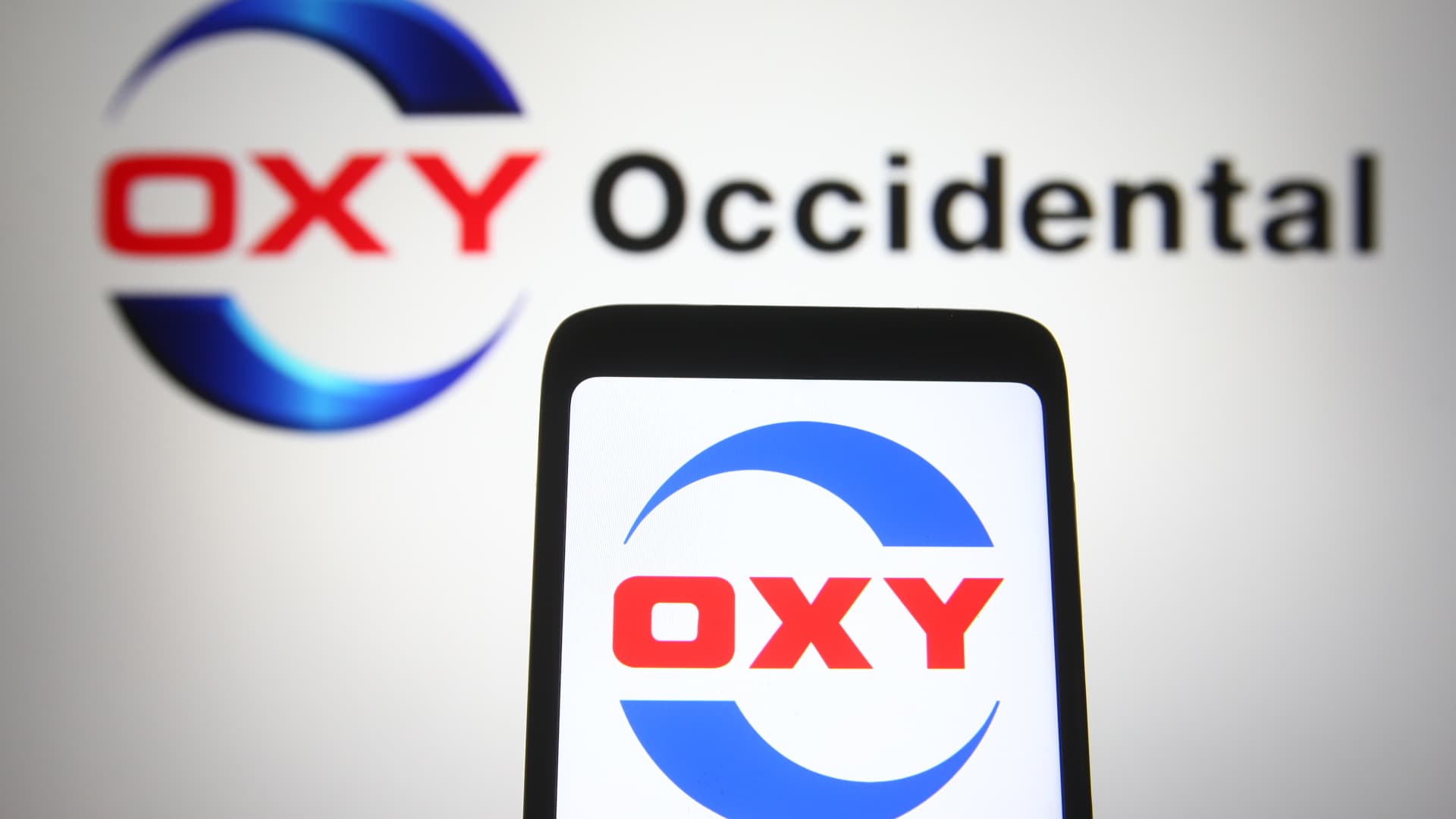Energy
Friday, July 29th, 2022 8:56 am EDT
GM and LG Chem recently announced a binding agreement for the supply of Cathode Active Material (CAM). The deal will assist GM in meeting its increased EV production demands. CAM is a significant battery component made up of processed nickel, lithium, and other substances that account for around 40% of the cost of a battery cell.
“This agreement builds on GM’s commitment to create a strong, sustainable battery raw material supply chain to support our fast-growing EV production needs,” said Jeff Morrison, GM vice president, Global Purchasing and Supply Chain. “LG Chem has demonstrated technical expertise, high-quality and mass production capabilities of cathode active materials over the last decade. At the same time, this agreement demonstrates GM’s commitment to strong supplier relationships, and compliments our many other recent EV supply chain announcements.”
Under the terms of the agreement, LG Chem will provide GM with more than 950,000 tons of CAM over eight years. This quantity is enough to support the production of approximately 5 million units of EVs by GM. The CAM secured by GM will be used by Ultium Cells LLC, a joint venture between GM and LG Energy Solutions, to support GM’s goal of 1 million EV production capacity in North America by the end of 2025.
“Importantly, GM now has contractual commitments secured with strategic partners for all battery raw material to support our goal of 1 million units of EV capacity by the end of 2025,” added Morrison.
In addition to the CAM supply agreement, GM and LG Chem will also explore localization of CAM production in North America by mid-decade. This would bring jobs and investment to the region while reducing battery costs and increasing availability.
LG Chem plans to provide nickel, cobalt, manganese, and aluminum NCMA (nickel, cobalt, manganese, and aluminum) cathode materials for GM’s Ultium Platform electric vehicles. LG Chem’s best material technology is characterized by excellent stability and output. To improve stability while reducing the amount of cobalt used in batteries, a new high-nickel material has also been developed, which will enable significant improvements in EV range.
GM has been working to increase its EV production capacity in recent years and has taken steps to secure all battery raw materials needed to support its goal of 1 million units of EV capacity in North America by the end of 2025. The agreement with LG Chem is another important step in meeting this goal.
Shin Hak Cheol, CEO of LG Chem, said that “Based upon a close collaboration with customers, LG Chem will further strengthen its position as a global leader in the market by producing the world’s best cathode materials.”
As we’ve repeatedly reported at CleanTechnica, supplies for battery materials are going to be pretty scarce for the next few years as more and more automotive manufacturers move to making electric vehicles and other industries embrace battery storage. There are no shortages of these materials in the ground, but getting them out of the ground, refining them, and processing them into materials that can be used to actually make batteries is the challenge.
This is going to require serious investment from the private and public sectors, but we can see that GM is taking this job seriously with yet another battery materials deal.
Featured image by GM.
Appreciate CleanTechnica’s originality and cleantech news coverage? Consider becoming a CleanTechnica Member, Supporter, Technician, or Ambassador — or a patron on Patreon.
[embedded content]
Advertisement
 This post has been syndicated from a third-party source. View the original article here.
This post has been syndicated from a third-party source. View the original article here.



